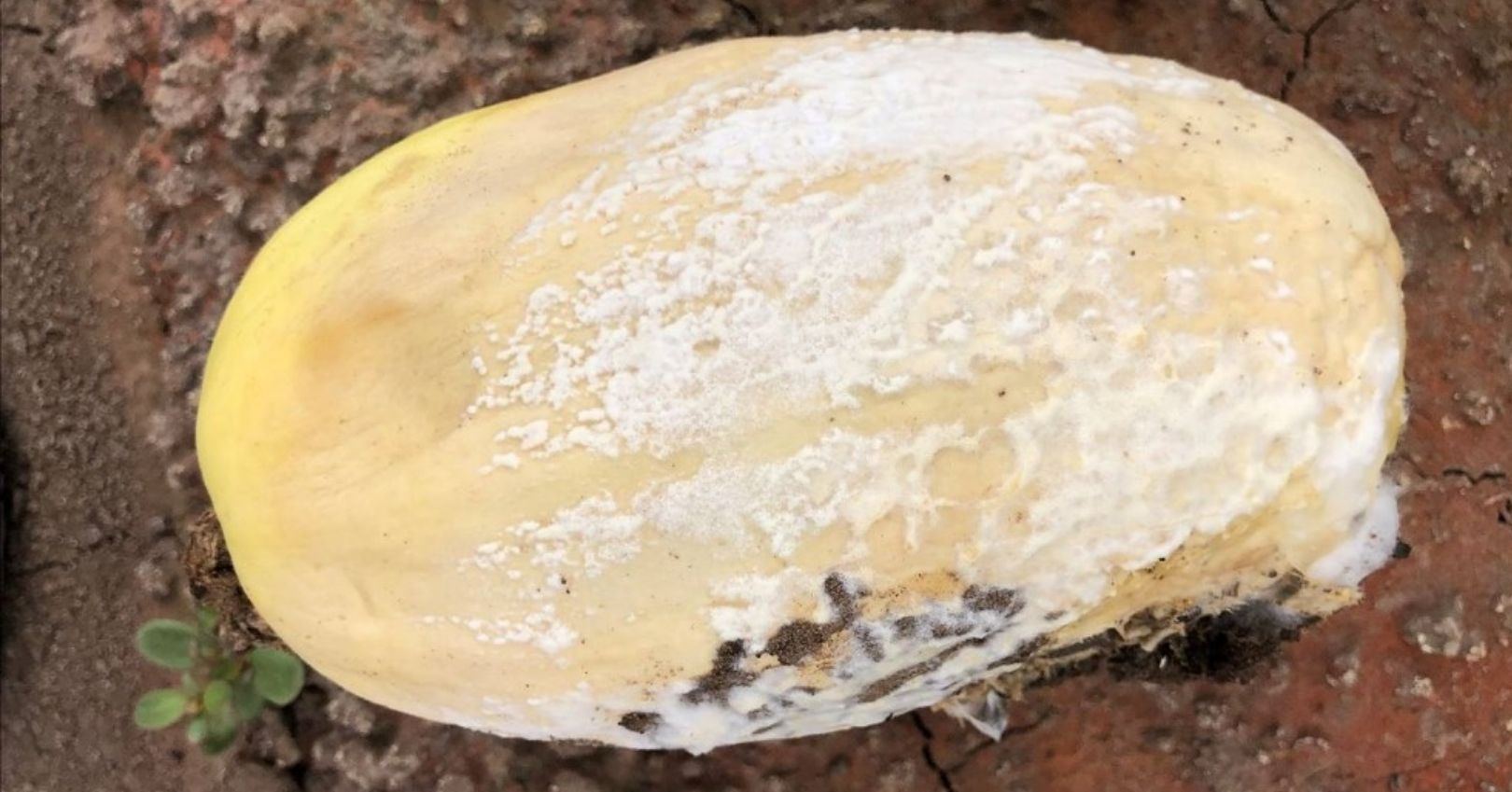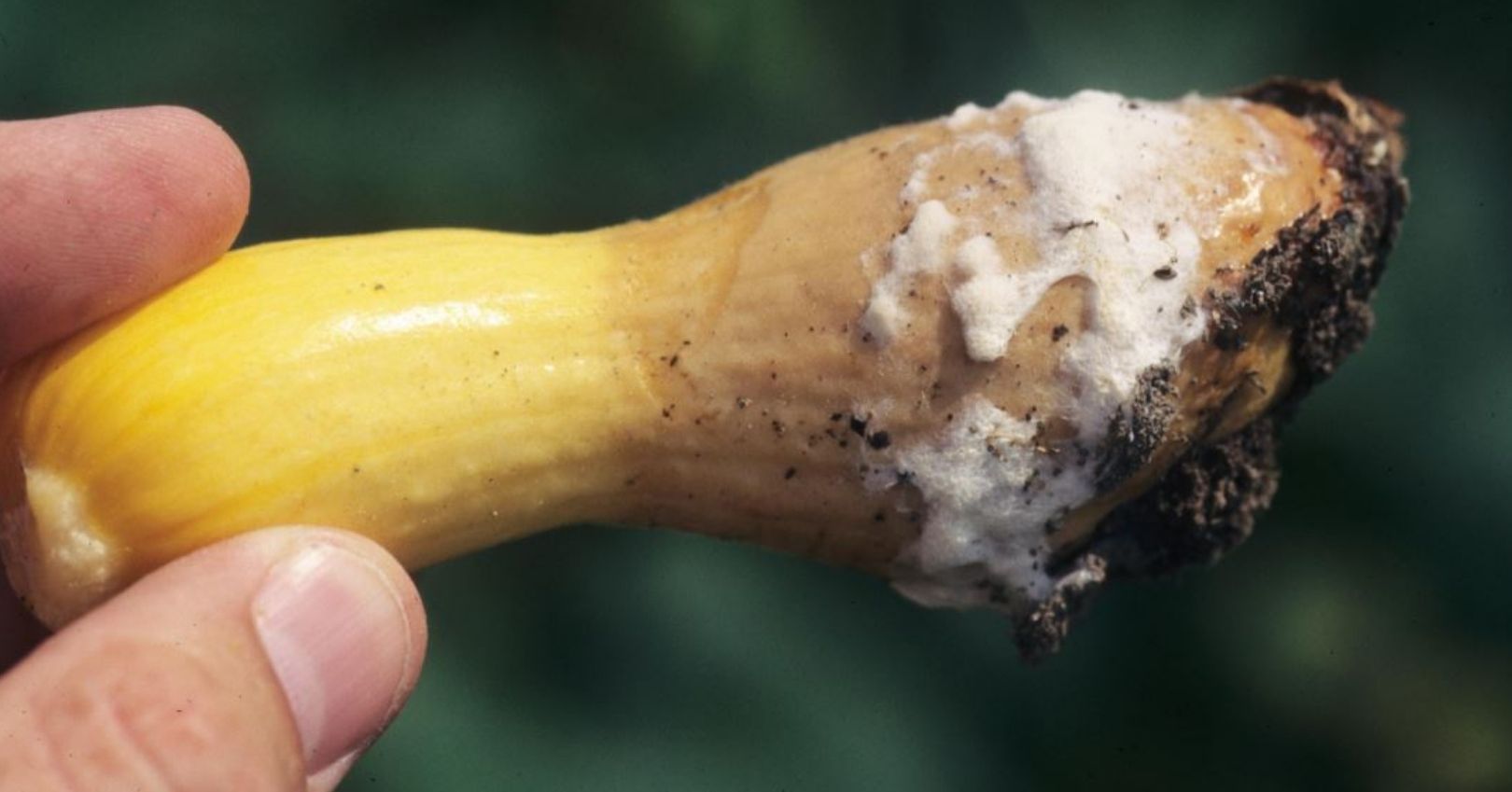Pythium Root and Fruit Rot


Casual Agent
Pythium and Fruit Rot has been observed in Utah at two separate locations. The rot was caused by two different Pythium species – Pythium aphanidermatum and Pythium ultimum.
Symptoms
Aboveground symptoms consist of plant stunting, wilt, and death, despite wet soils. The fruit rot symptoms start as brown spots on the underside, where the fruit comes in contact with the ground. Eventually, a cottony mycelium develops and fruit liquefies.
Disease Cycle
Pythium species are soilborne. It can survive indefinitely on organic substrates or as thick-walled oospores. Pythium zoospores are motile. When moisture becomes available, Pythium produces these zoospores and sporangia. Fruit infection occurs via vegetative mycelium, sporangia, zoospores, or oospores. The pathogen is capable of direct penetration. Pre-existing wounds on the plants increases susceptibility.
Management
- Source disease-free seeds. Seeds that have been grown in optimum moisture, temperature, and nutritional conditions.
- Implement drip irrigation and plastic mulch. Avoid excessive watering and low, poorly drained areas of the fields.
- Staking/Mulching. Prevent fruit contact with the soil.
- Fungicide. Mefenoxam products used in soil drenches can reduce root rot. These are ineffective against fruit rot.

